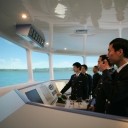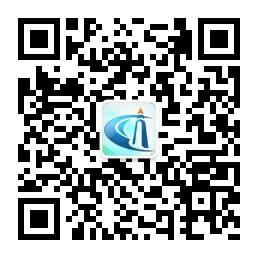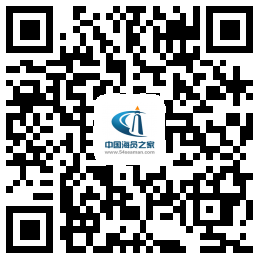the Titanic and SOLAS
In 1914, two years after the Titanic disaster of 1912, in which 1,503 people lost their lives, maritime nations gathered in London adopted the International Convention for the Safety of Life at Sea (SOLAS Convention), taking into account lessons learned from the Titanic.
The 1914 version was superseded by SOLAS 1929, SOLAS 1948, SOLAS 1960 (the first adopted under the auspices of the International Maritime Organization) and SOLAS 1974.
SOLAS 1974 is still in force today, but it has been amended and updated many times.
The regulations relating to life saving appliances and arrangements, contained in chapter III of SOLAS, a new version of which entered into force on 1 July 1998, are intended to ensure that in the event of a catastrophe at sea, passengers and crew have the greatest chances of survival.
Improved design and equipment, better fire protection, satellite communications, rescue planes and helicopters and trained personnel also contribute to improved safety at sea.]
In 1914, two years after the Titanic disaster of 1912, in which 1,503 people lost their lives, maritime nations gathered in London adopted the International Convention for the Safety of Life at Sea (SOLAS Convention), taking into account lessons learned from the Titanic.
The 1914 version was superseded by SOLAS 1929, SOLAS 1948, SOLAS 1960 (the first adopted under the auspices of the International Maritime Organization) and SOLAS 1974.
SOLAS 1974 is still in force today, but it has been amended and updated many times.
The regulations relating to life saving appliances and arrangements, contained in chapter III of SOLAS, a new version of which entered into force on 1 July 1998, are intended to ensure that in the event of a catastrophe at sea, passengers and crew have the greatest chances of survival.
Improved design and equipment, better fire protection, satellite communications, rescue planes and helicopters and trained personnel also contribute to improved safety at sea.]
请登录后发帖

 联系我们人工客服
联系我们人工客服



















 :1391995811
:1391995811

